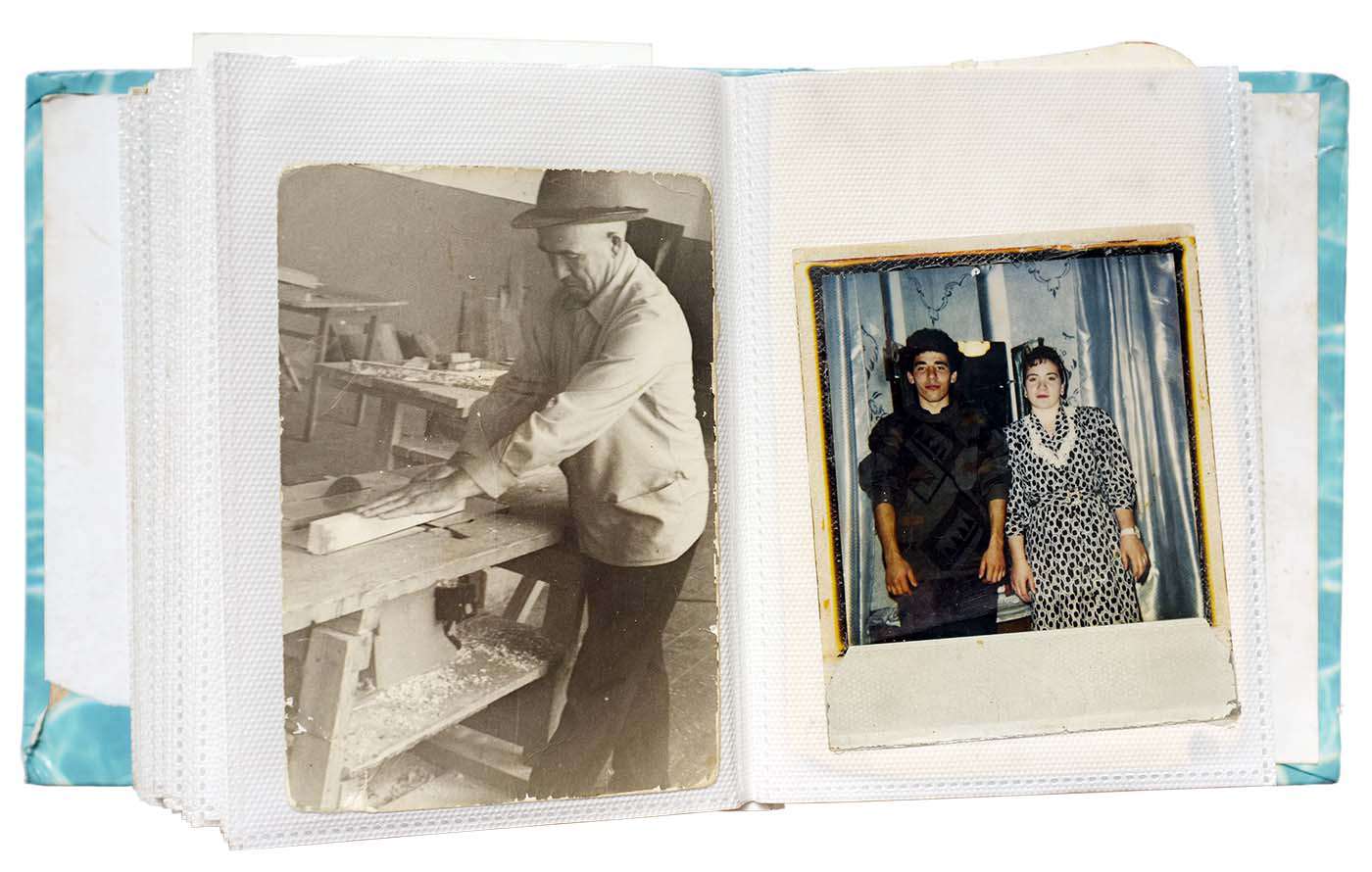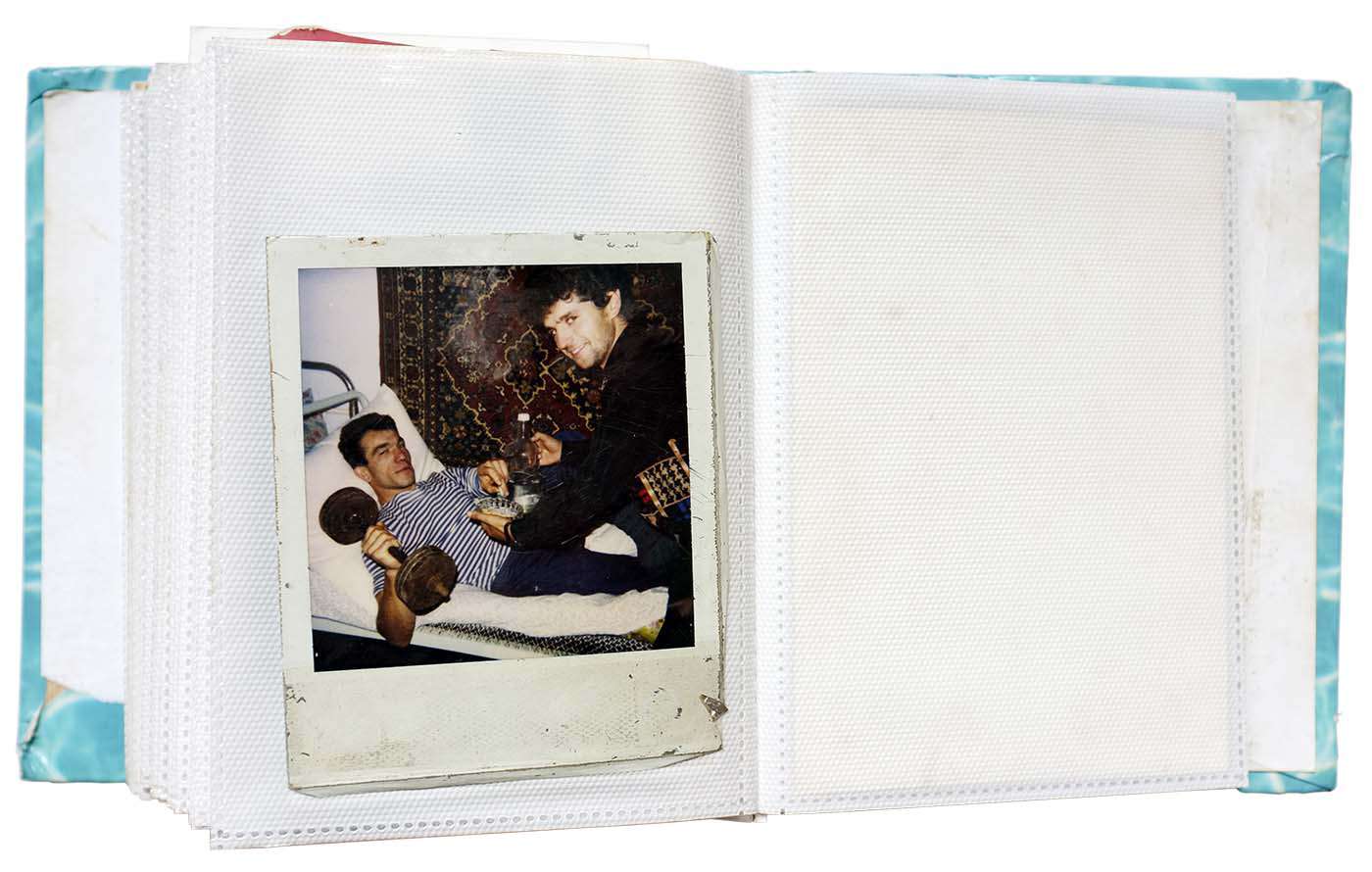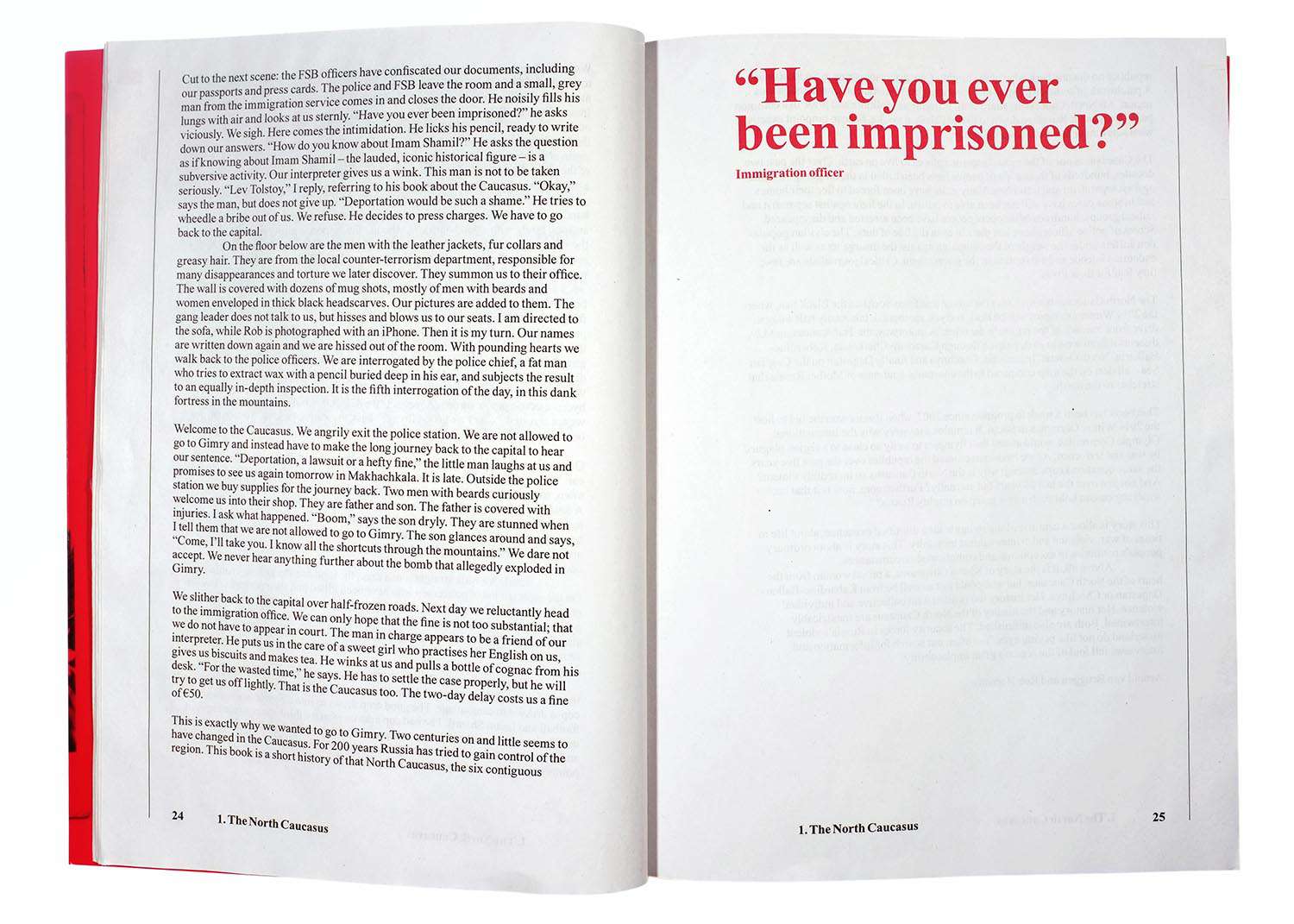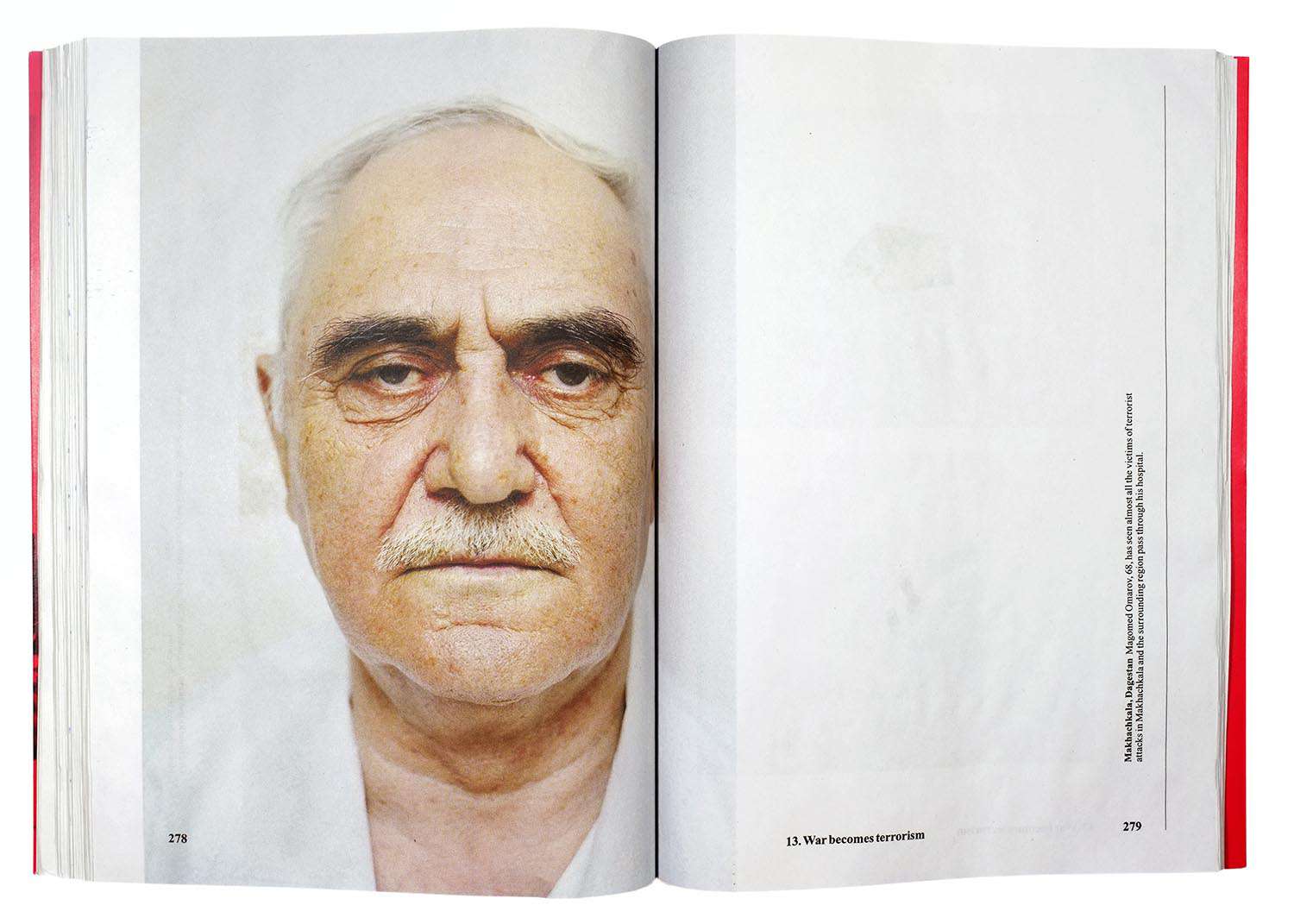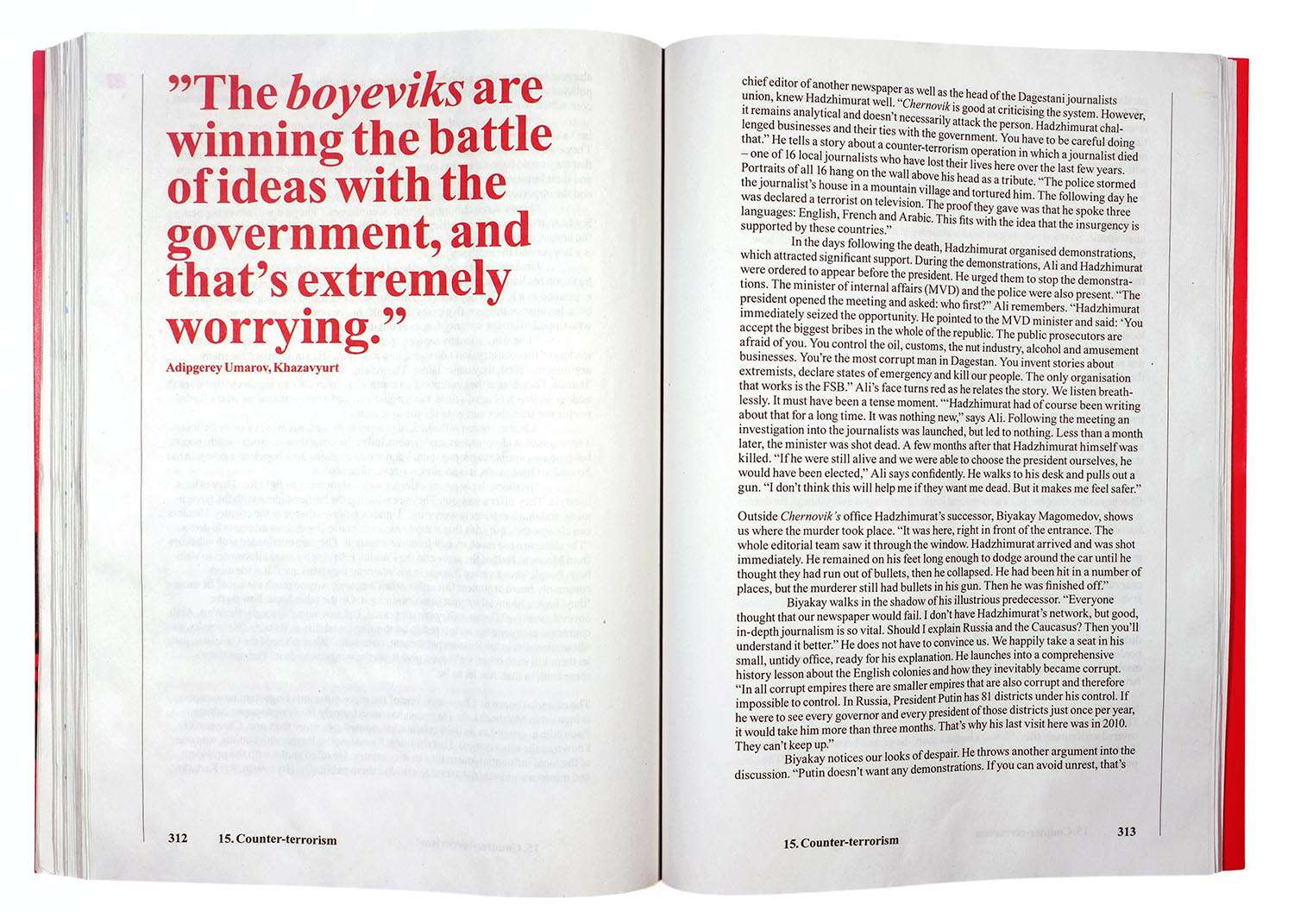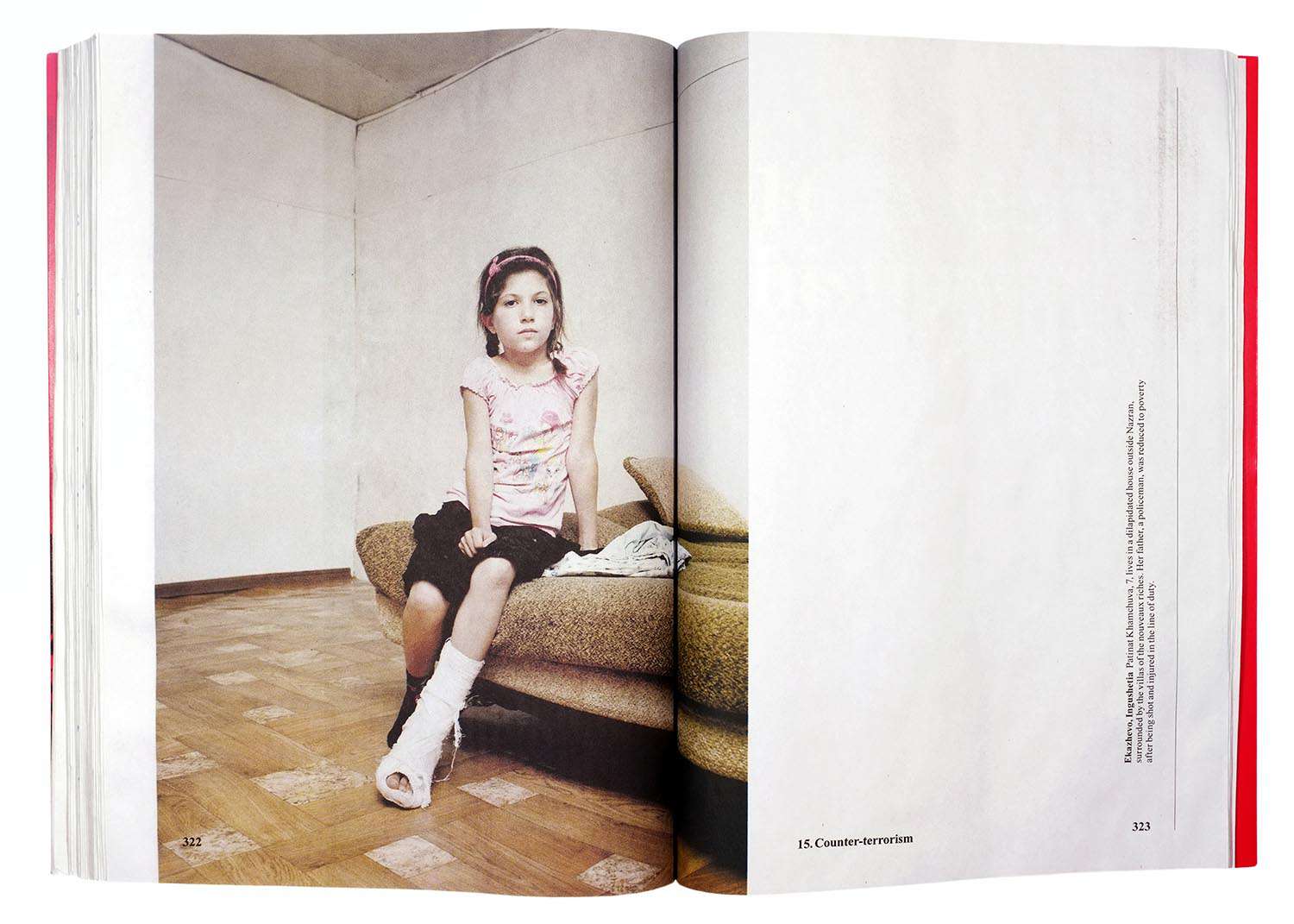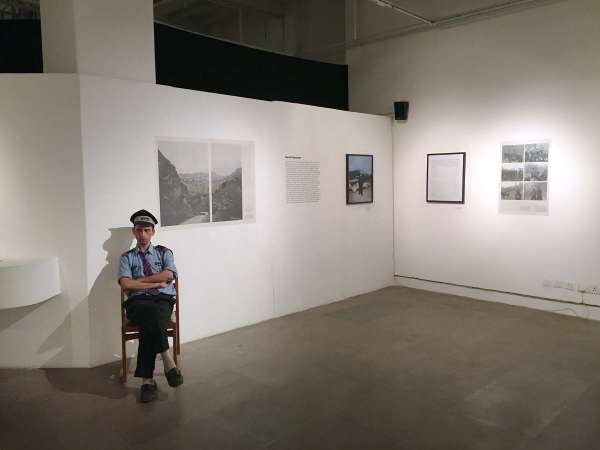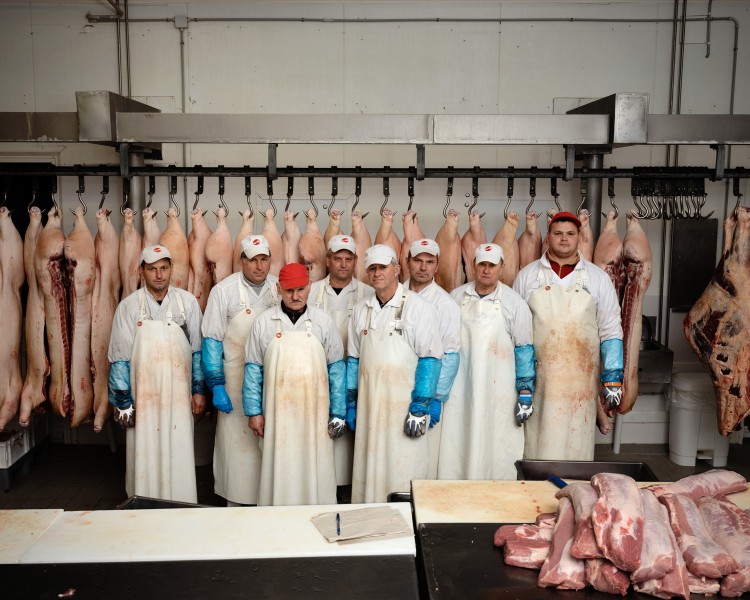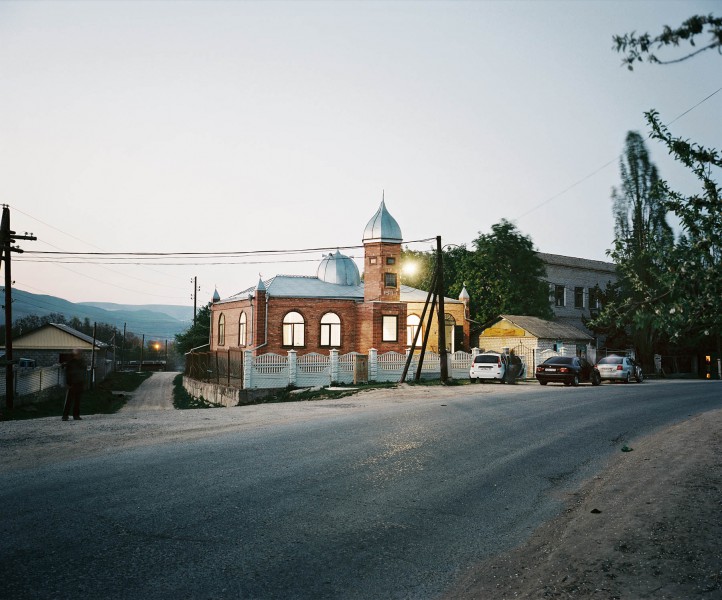The Secret History of Khava Gaisanova and the North Caucasus
Khava Gaisanova lives in Chermen, a village in the heart of the North Caucasus on the other side of the mountains from Sochi, Russia. In 2007 her husband Mukhazhir disappeared, like so many men in the North Caucasus disappear without a trace – kidnapped, arrested or simply executed and buried in anonymous graves. So many elements of the region seemed to come together in Khava’s life story that we decided to use it as the basis for our project. In The Secret History of Khava Gaisanova, a grim picture unfolds of the region hosting the 2014 Winter Olympics.

Khava Gaisanova’s parents were exiled by Stalin from Bazurkina, Ingushetia, in 1944. Family photo from 1958, Astana, Kazakhstan.

The train station in Konservny from where Khava’s parents were deported in 1944

The main event nowadays is the Moscow-Grozny train, which stops here twice a week.
“Astana was a real city. I had friends and family there. There was a nightlife. Chermen was so rural. I didn’t see the paradise my mother was always talking about.”

When Khava returned in 1975, the village was renamed Chermen, North Ossetia.

Khava and her husband Mukhazhir in Chermen, 1970s.


Policeman Aliskhan was blown up by insurgents while having lunch in a restaurant.

Recent passport photo from Mukhazhir.
“I looked and asked everywhere, from Dagestan to Karachay-Cherkessia. I couldn’t find a trace of my husband anywhere.”

Mukhazhir Gaisanov, Missing
“My husband had gone shopping in Vladikavkaz with a neighbor,” says Khava. “They then intended to drive to Ingushetia together to buy a new car with an Ossetian license plate. They never got there. They were probably arrested by men posing as the police, or stopped by the real police. No one knows what happened.” Mukhazhir’s car was found the same day, in the street near the interior ministry and police headquarters. Residents had alerted the authorities. A car with an Ingush license plate parked in an area like that was suspicious. There had been a spate of bombings and residents were afraid that this car, too, would explode. “I got everything back,” says Khava. “All their important documents were still there, except my husband’s driving license. That’s our only clue; that someone asked for his driving license. Otherwise the car was clean. There was no trace of blood, nothing that indicated any violence.”

The school in Chermen where Khava is a teacher.

Polaroid of Khava with Mukhazhir, daughter-in-law and friend in her garden.
“What happened in Beslan was incomprehensible and horrifying. Those children taken hostage at the school, so many dead… It’s only 20 kilometres away. I almost had a heart attack when it happened. But all Ingush were victims of what happened next.”

Ilona Karkiva ( 15) lost her mother and was seriously injured during the Beslan school siege.

Khava next to the fridge from where she sells lemonade and water.
“Sometimes when it’s dark at night, I become paralysed with fear. I see masked men entering my room.”

Khava on a school trip to Sochi with her class in 1983.







